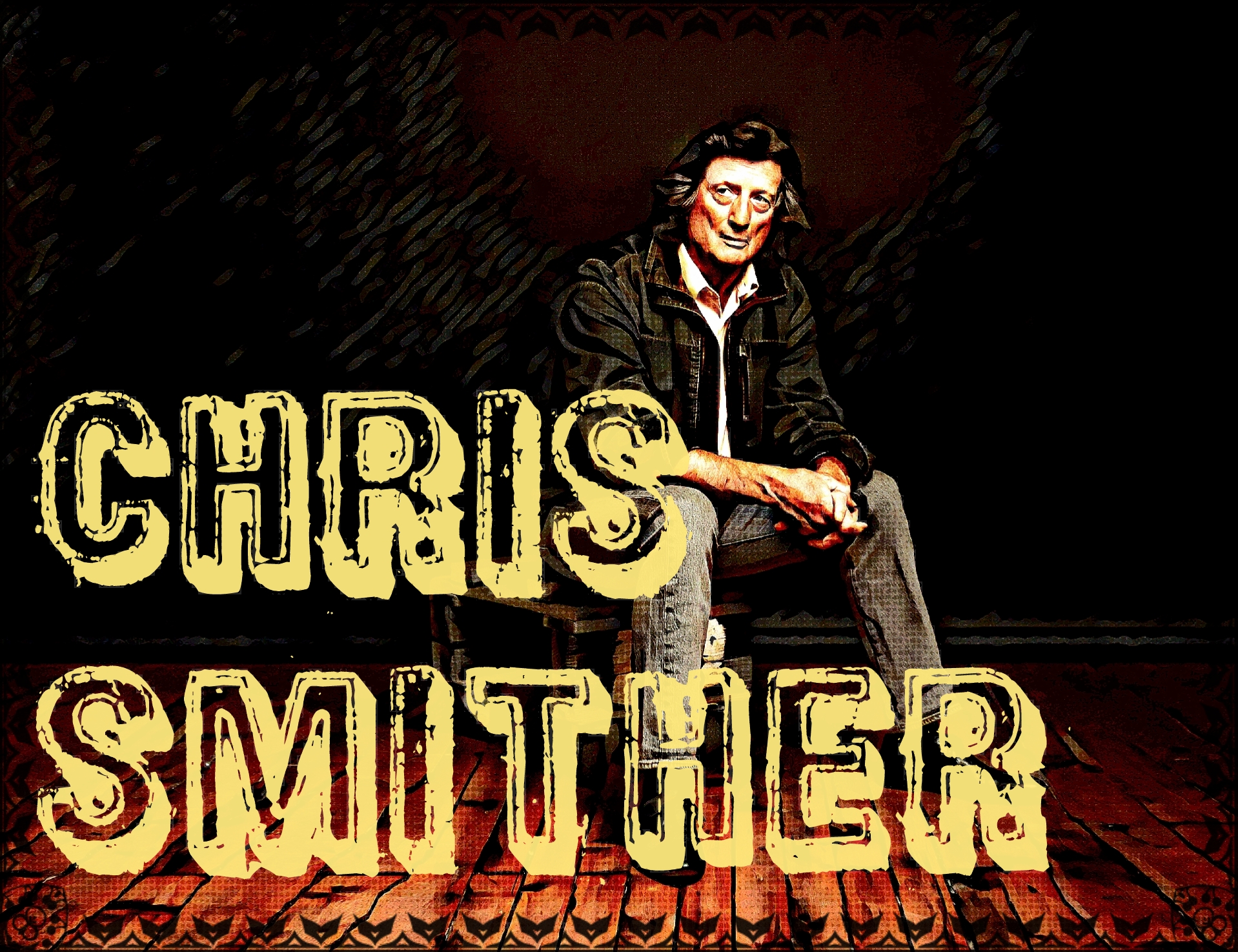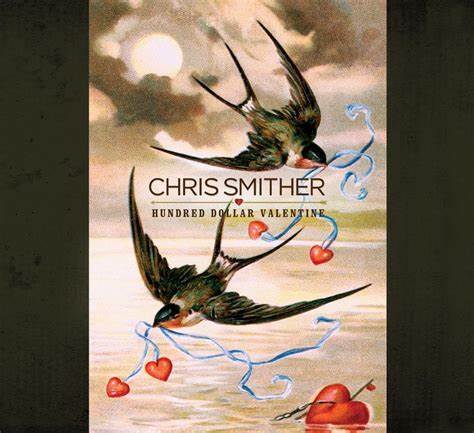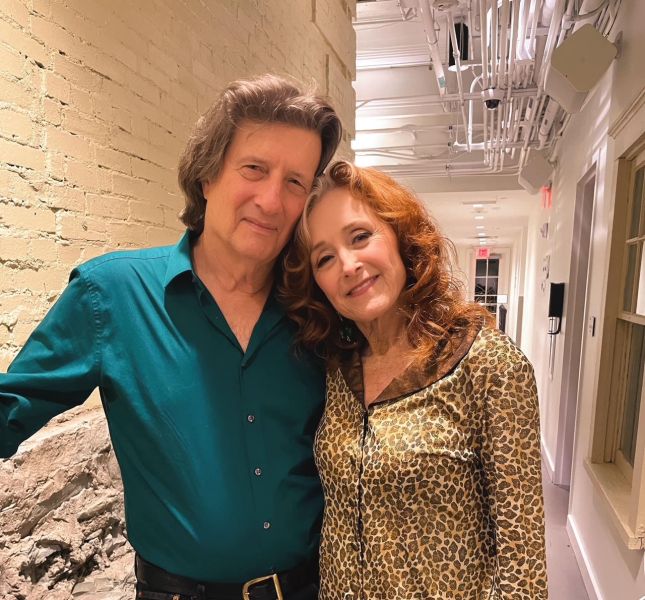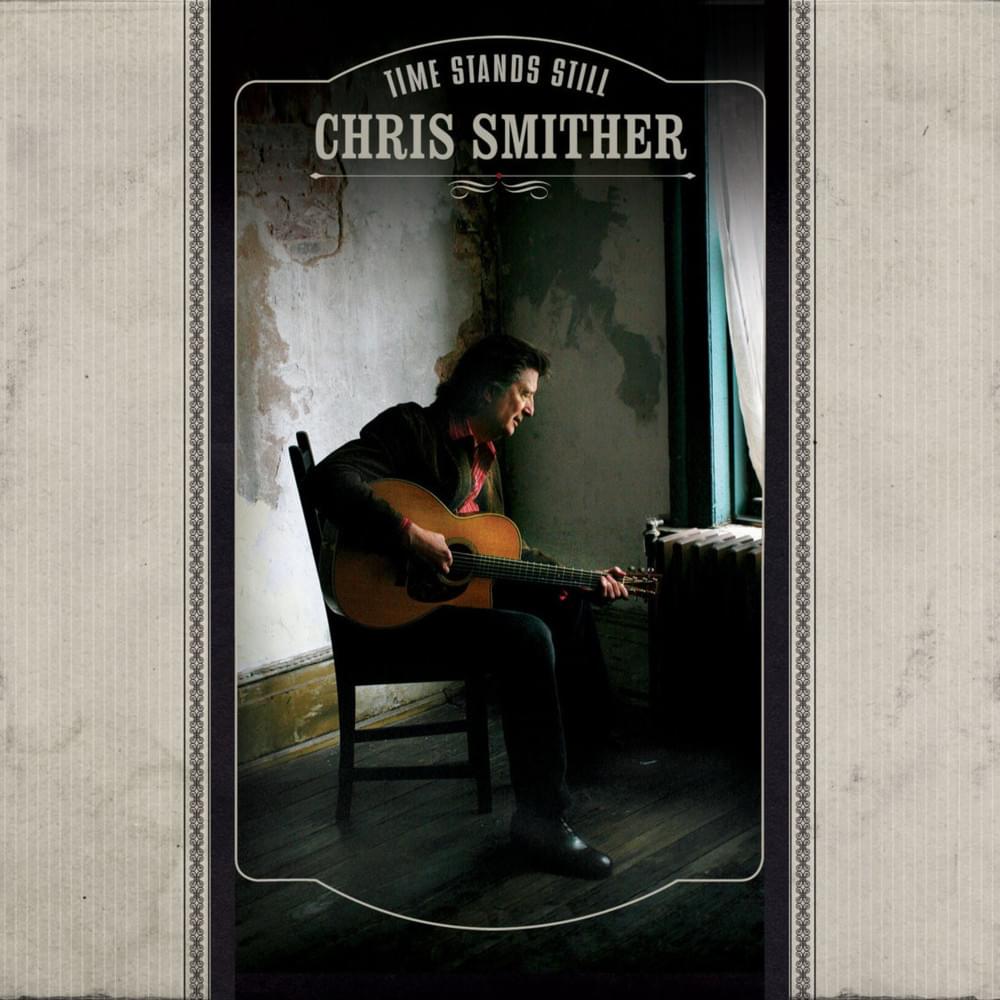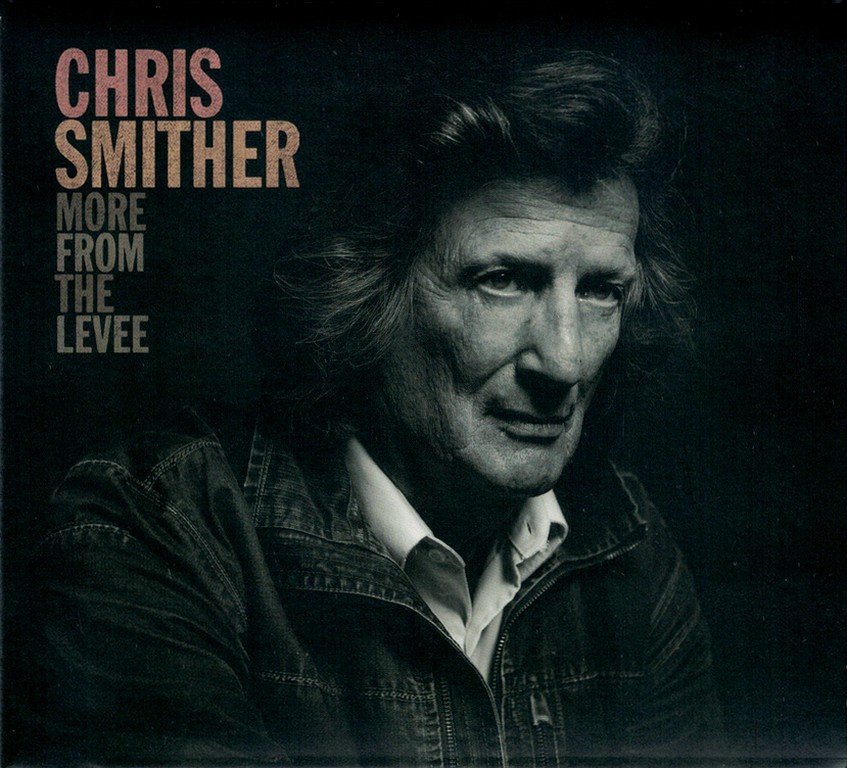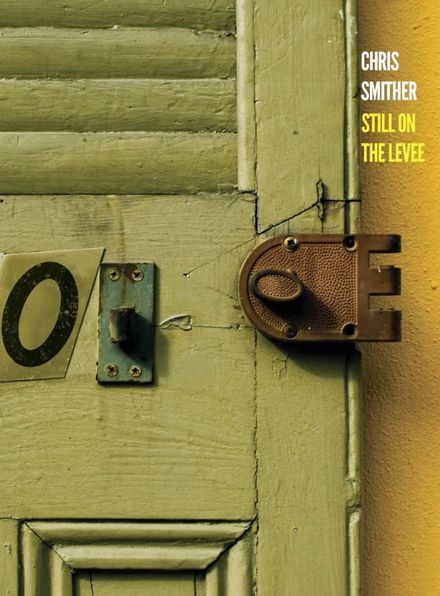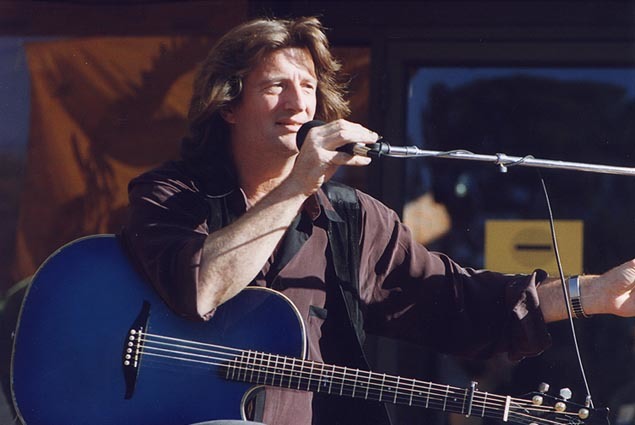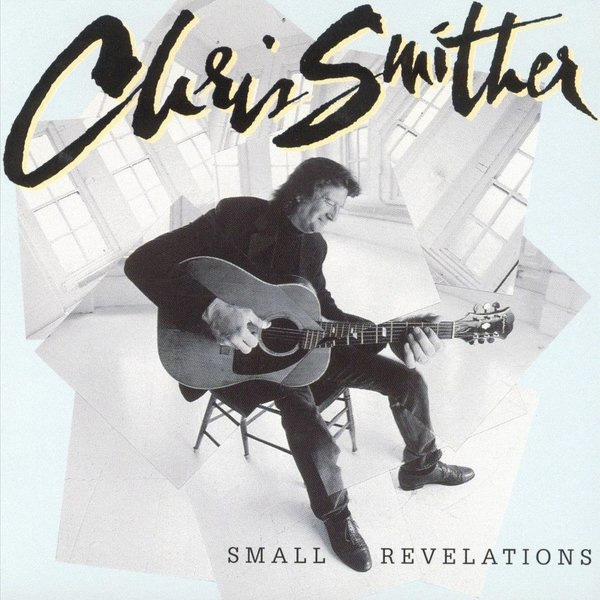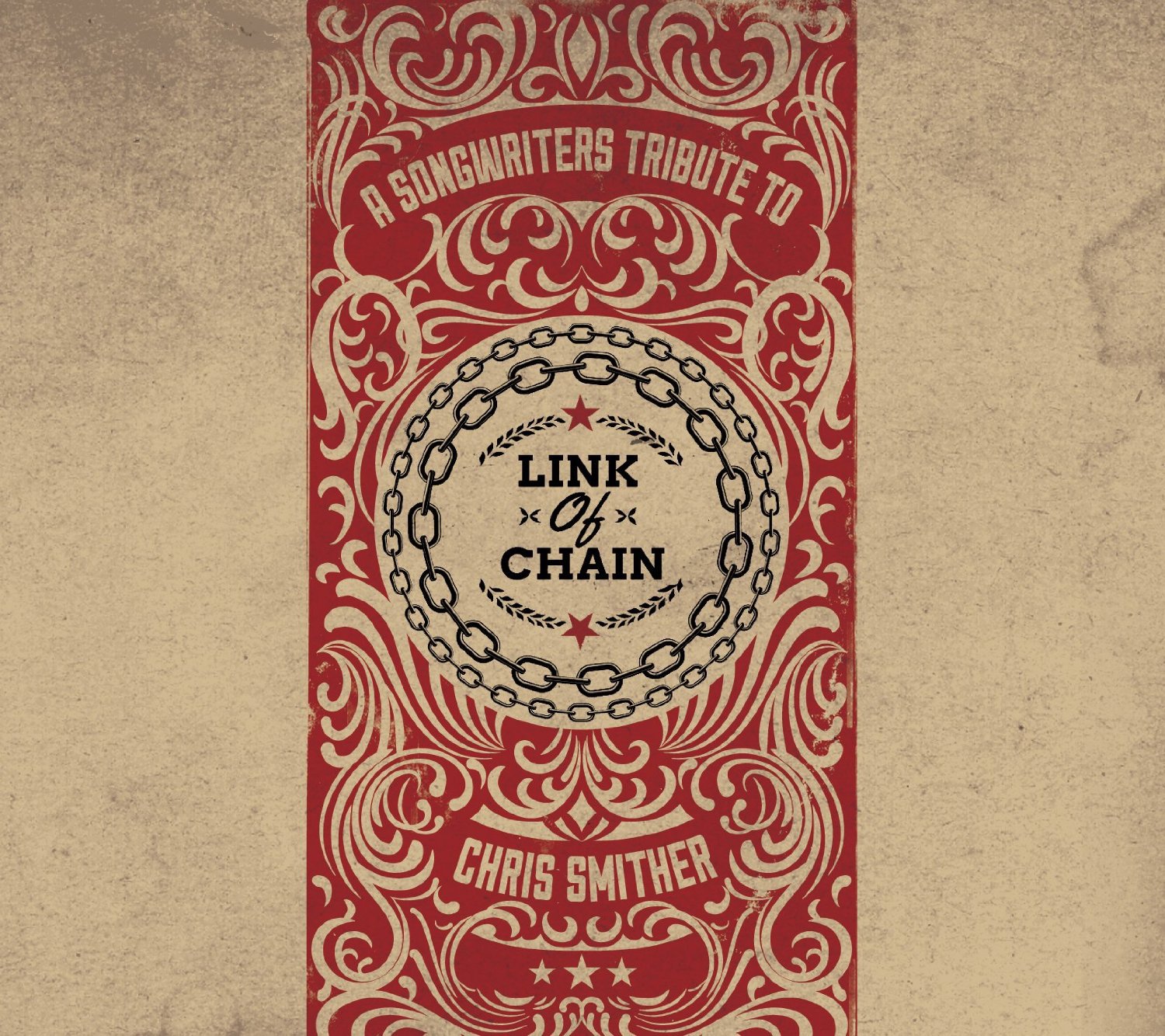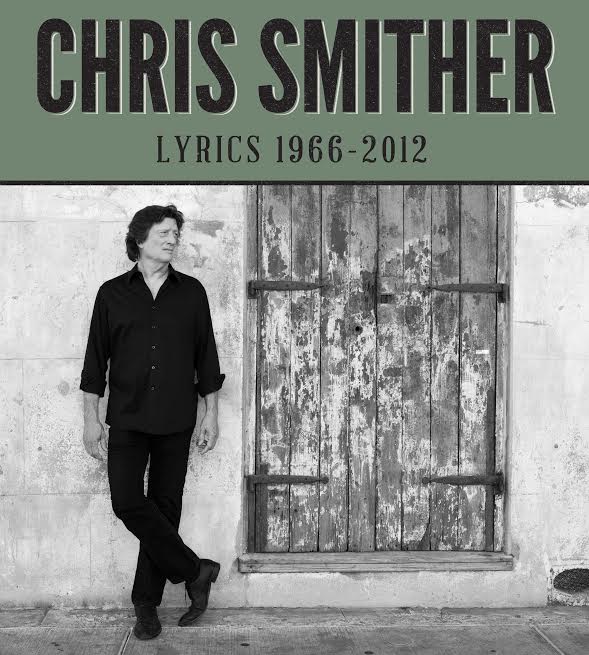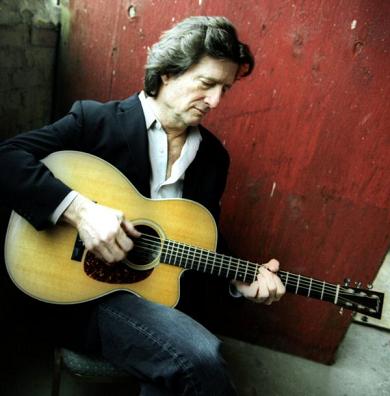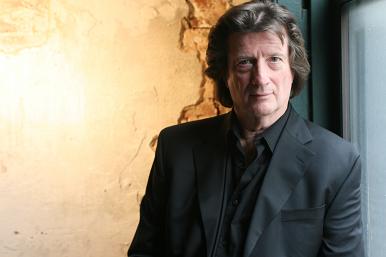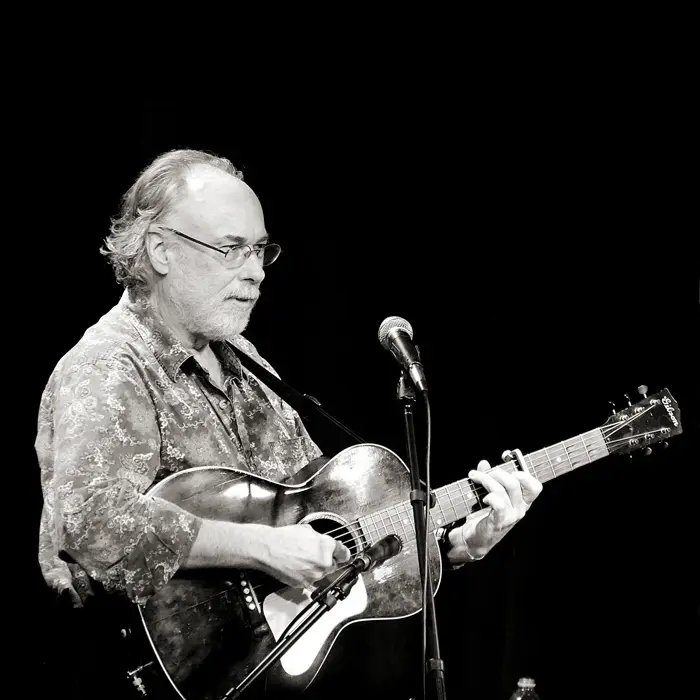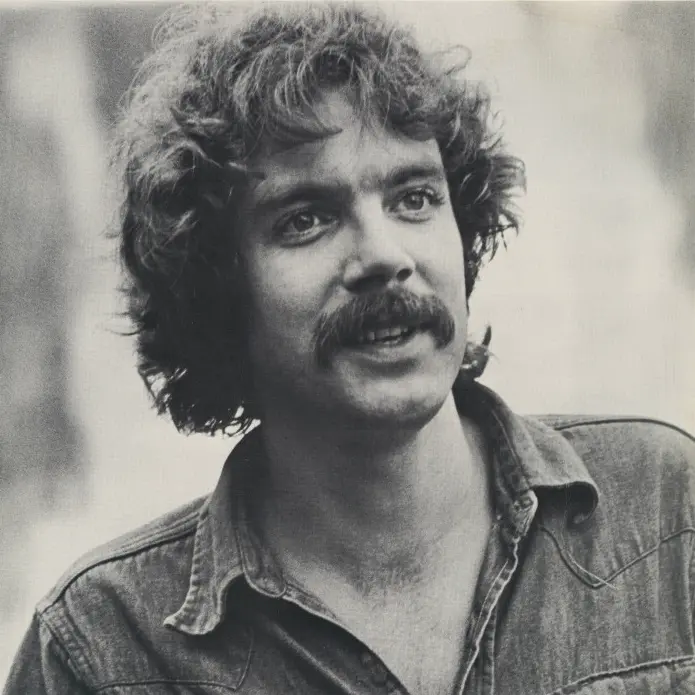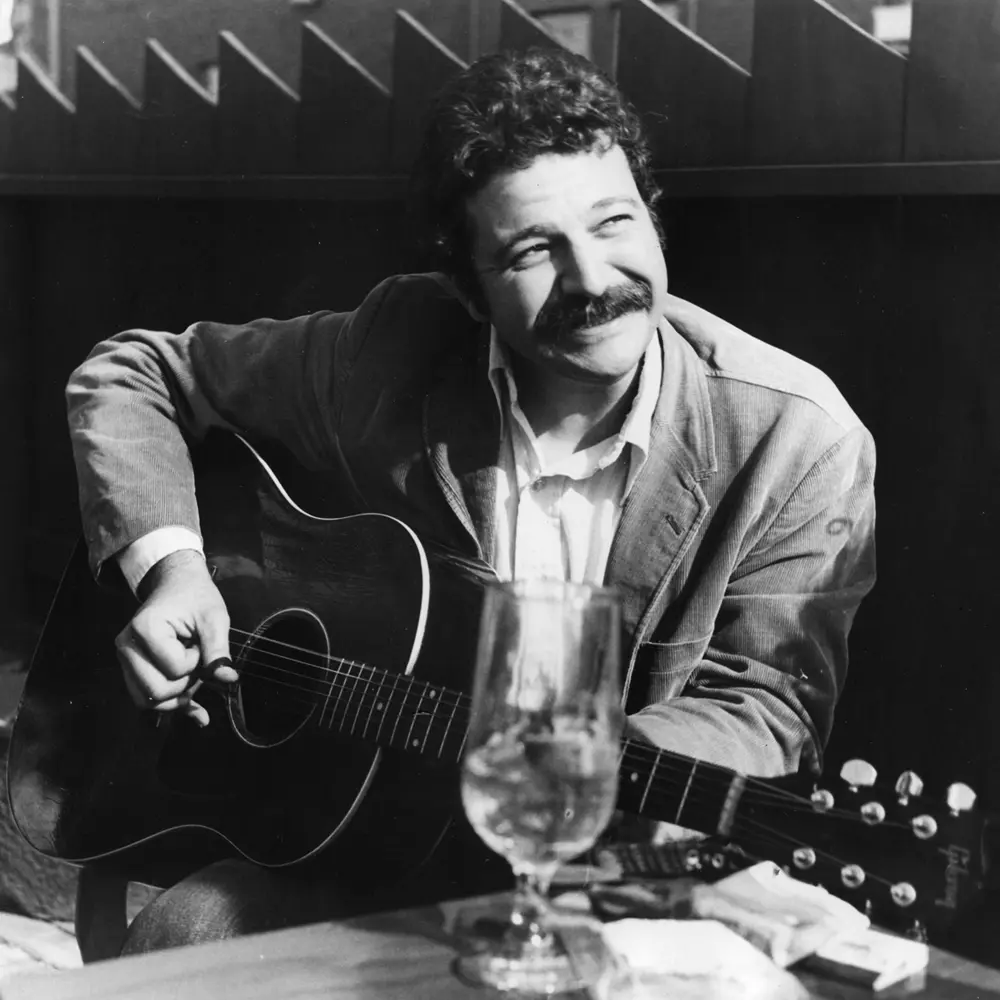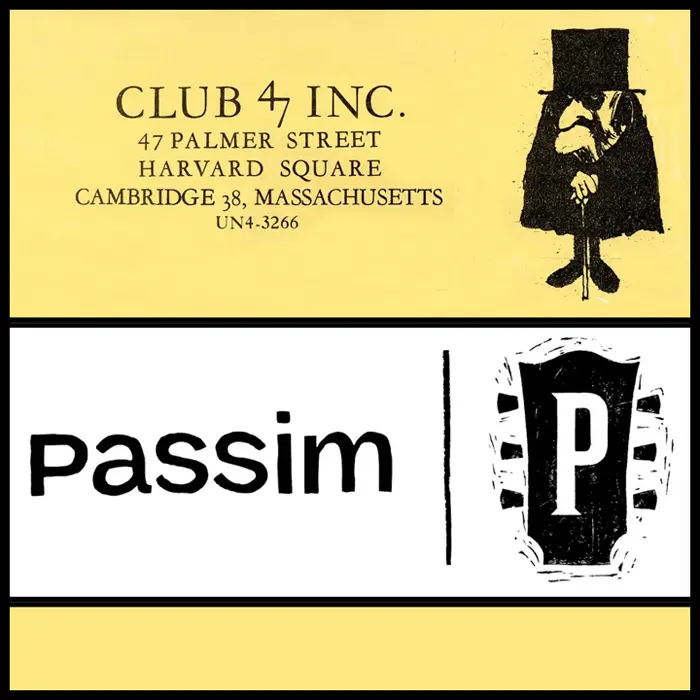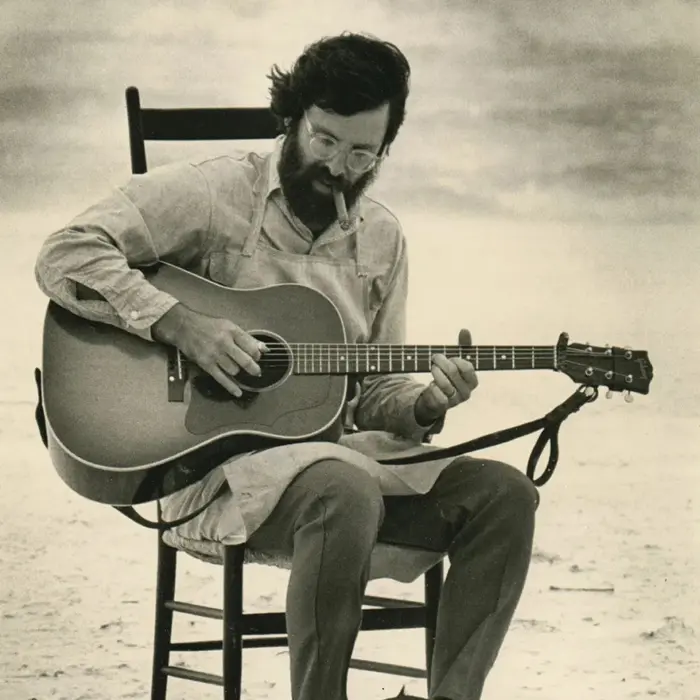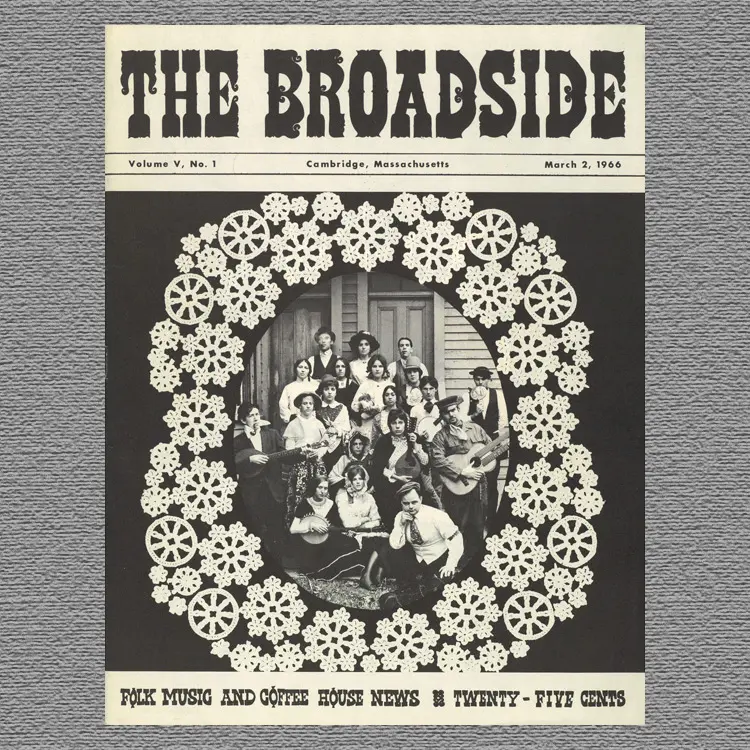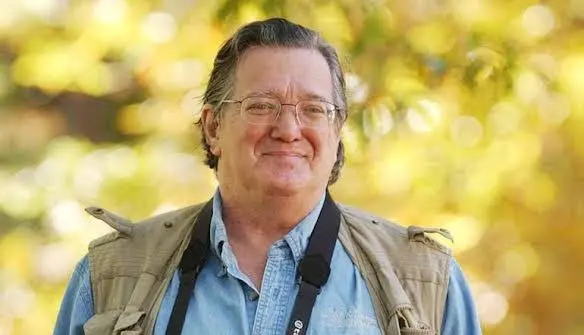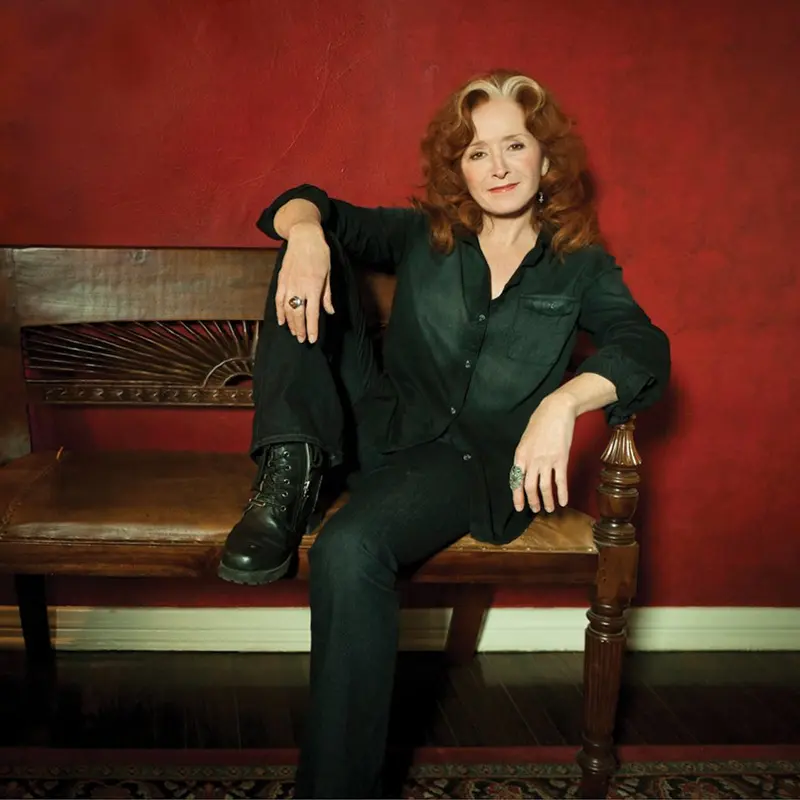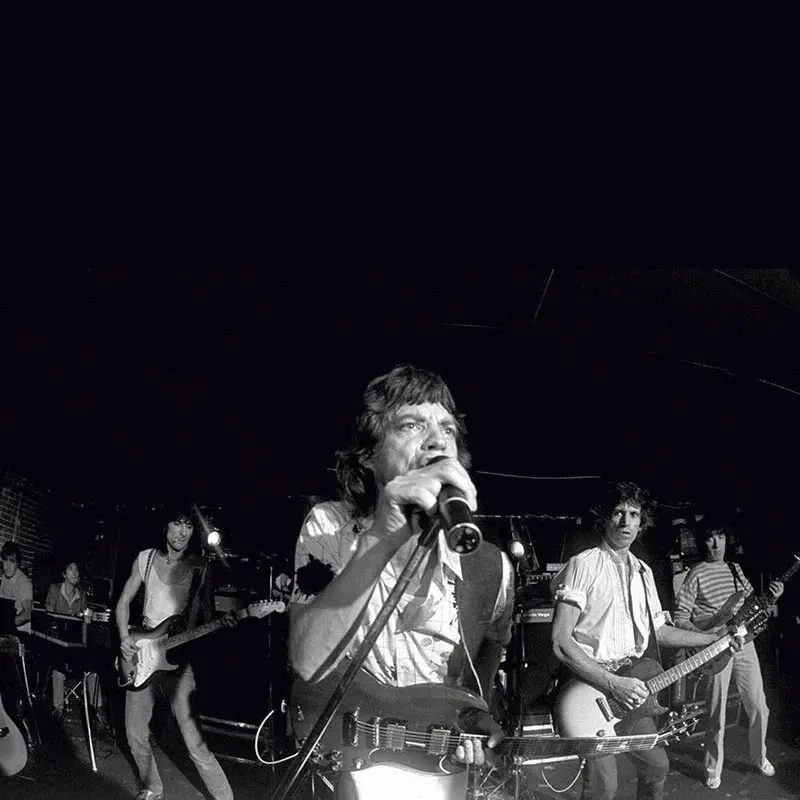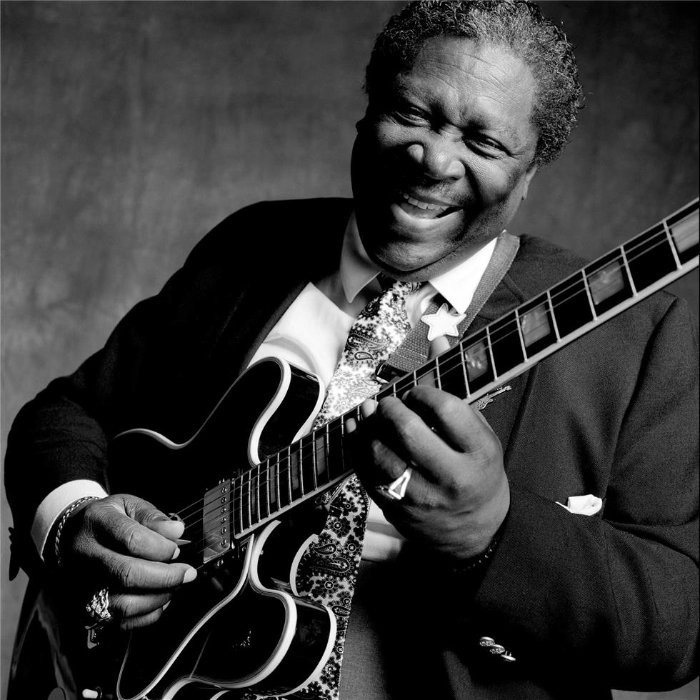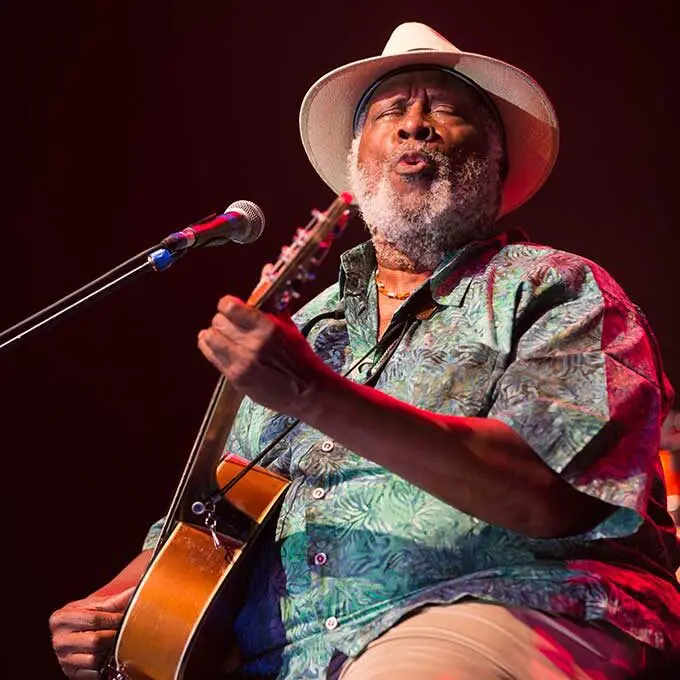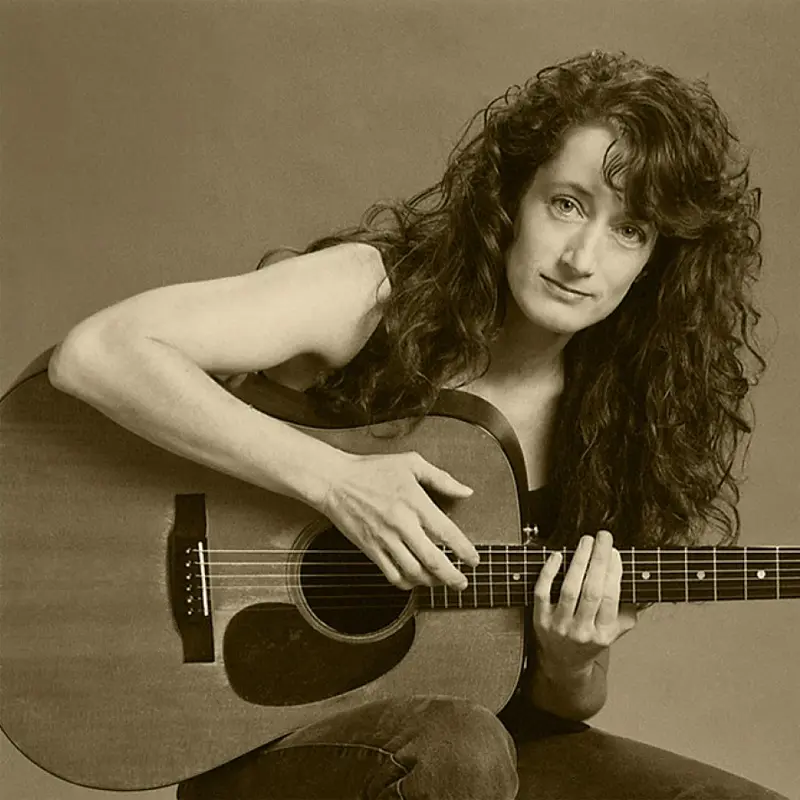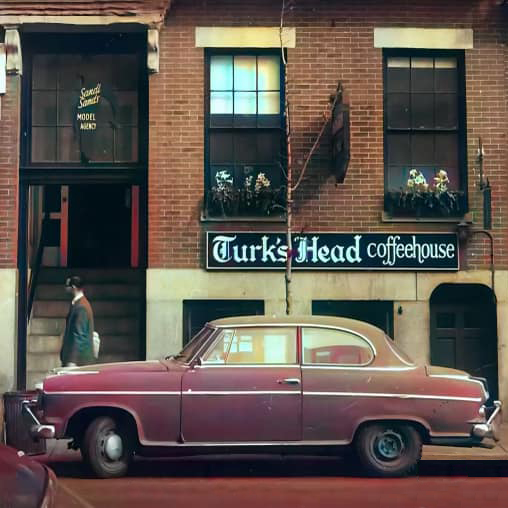Chris Smither

In February 2011, singer-songwriter Chris Smither contributed a piece to The New York Times’ “Frequent Flier” column entitled “The Drawbacks of a Modest Celebrity.” In it, he recounts the relatively few times he’d been recognized while traveling between places from gig to gig.
First, the pilot story: “I was recognized by the captain of a flight I was on. He was signed up to take a guitar workshop with me, and he apologized that there was no first-class seat he could upgrade me to.”
Second, the “I know you” story: “I was stopped by a guy on the concourse who said, ‘I know who you are! Wait! Don’t tell me! I’ll get it in a sec …uh …uh …,’ so I finally told him my name and he said, ‘No, that’s not it.’ I just started laughing because I really do know who I am.”
Third, the mistaken-identity story: “I was sitting next to a lady of a certain age, which is around my age. She seemed perfectly nice. But she started winking at me. I didn’t think she was drunk. She then said she knew who I was. She was convinced I was the actor and playwright Sam Shepard. I told her I wasn’t him. She wouldn’t believe me.”
All amusing anecdotes aside, Smither’s name, face, unmistakable voice and overall sound are as widely recognized within the New England folk-blues community as those of Tom Rush, Geoff Bartley, Paul Geremia and Ellis Paul. With painstakingly crafted, pared-down songs drawn from blues, folk, modern poets and philosophers, a singular finger-picking style and his signature feet tapping – always mic’d in performances – he’s been an outsized presence on scene for nearly five decades and has recorded 22 albums (20 studio, two live).
MUSICAL BEGINNINGS, INFLUENCES
William Christopher Smither was born in Miami, Florida, on November 11, 1944. His anthropologist father was college professor, his family lived in Ecuador and Texas before settling in New Orleans when he was three years old and he lived in Paris briefly in his mid-teens and as a college student. His first instrument was the ukelele, which he picked up when he was in elementary school, learning the basics from his uncle. “He showed me that if you knew three chords, you could play a lot of the songs you heard on the radio,” he once said. “And if you knew four chords, you could pretty much rule the world.”
At around age 14, Smither got his first guitar and in 1960 he and two friends won a folk-music “battle of the bands.” After finishing high school, enrolled at the University of the Americas in Mexico City where – having no intention of pursuing music as a career – he studied Latin-American anthropology, the subject his father taught at Tulane University.
During his freshman year, Smither heard Lightin’ Hopkins’ Blues in My Bottle album (Bluesville, 1961) and a year or so later he discovered Mississippi John Hurt’s music when he listened to Blues at Newport 1963 (Vanguard, 1964). The influence that both bluesmen have had on Smither’s own playing style cannot be underestimated. In 1964, he saw Hurt perform at The Gaslight Café in New York City, which got him thinking about making music a full-time gig. He spent the 1964/65 school year in Paris on Tulane’s Junior Year Abroad program, often skipping classes in order to spend more time playing guitar.
ERIC VON SCHMIDT, MOVE TO CAMBRIDGE, COFFEEHOUSE CIRCUIT
Upon his return to the US in May 1965, Smither went to Florida hoping to meet another of his musical heroes, Eric von Schmidt, who was staying in the Sunshine State at the time but based in Cambridge, Massachusetts. The singer-songwriter, who was 13 years Smither’s senior, welcomed 20-year-old Smither into his home when he arrived on his doorstep uninvited.
After listening to him play, von Schmidt encouraged him to move to either New York City or Cambridge and Smither chose the latter, moving to New England’s famed folk mecca just a few weeks later. When he walked into Club 47 for the first time in June ‘65, von Schmidt happened to be on stage; they played three songs together that night. For the next several years, Smither hit the local coffeehouse circuit – Turk’s Head Coffeehouse, The Sword In The Stone and King’s Rook being regular spots – and started writing his own songs. His prominent place on the local scene was confirmed when he appeared on the cover of the March 29, 1967 issue of the Cambridge-based folk bi-weekly The Broadside and his photo was included in the book The Face of Folk Music (Citadel Press, 1968).
DICK WATERMAN, BONNIE RAITT, “LOVE ME LIKE A MAN”
In 1969, Smither began making regular visits to concert promoter and artist manager Dick Waterman’s home, where blues greats including Son House and Fred McDowell were regular guests. On one such occasion, he played his newly written “Love You Like a Man” for Waterman’s newest managerial client, Bonnie Raitt.
In 1972, Raitt included her rendition of the song on her second album, Give It Up, and she’s made it a standard part of her live set ever since. Through the years she’s expressed tremendous admiration for Smither’s songwriting skills, calling him “my Eric Clapton” in a 1992 interview with Steve Morse of the Boston Globe. In 2004, jazz singer-pianist Diana Krall recorded the tune for her album Girl in the Other Room, which hit #1 in the Billboard Top Jazz Albums chart.
I’M A STRANGER TOO!, DON’T DRAG ON, HONEYSUCKLE DOG, HIATUS
In 1970, Smither recorded his debut album, I’m a Stranger Too!, an 11-track disc released by Poppy Records featuring nine originals and covers of Neil Young’s “I Am a Child” and Randy Neman’s “Have You Seen My Baby?” His sophomore effort, 1972’s Don’t Drag It On, was issued by London Records and included seven originals and four covers, including The Rolling Stones’ “No Expectations” from their 1968 LP Beggars Banquet. In 1973, he recorded his third studio album, Honeysuckle Dog, which included von Schmidt’s “Rattlesnake Preacher” and guest appearances by Lowell George and Dr. John; it was not released until 2004 (by Okra-Tone Records).
Smither remained without a label for over a decade and he did not record anything during that time. “I was basically drunk for 12 years, and somehow I managed to climb out of it,” he writes in the biography posted on his official website. “I don’t know why.” During that boozy, creatively fallow period, the British music weekly Melody Maker ran a detailed profile of him and he was featured in von Schmidt and Jim Rooney‘s book Baby, Let Me Follow You Down: The Illustrated History of the Cambridge Folk Years (University of Massachusetts Press, 1979).
IT AIN’T EASY, ANOTHER WAY TO FIND YOU, HAPPIER BLUE
In 1984, Adelphi Records released Smither’s fourth album, It Ain’t Easy, which Boston Phoenix critic Jon Herman called “the naked and sophisticated blues album that Eric von Schmidt, Rolf Cahn, Spider John Koerner and other white revivalists groped for more than 20 years ago, at the dawn of the folk revival.” He spent the rest of the ‘80s out of the studio, but toured incessantly.
Smither recorded his next album, 1991’s Another Way to Find You, in front of a live audience at Soundtrack Studio in Boston with no overdubs or second takes. Released on Flying Fish Records, it helped him win a Boston Music Award for Outstanding Blues Act in 1992. He followed up in 1993 with Happier Blue, also on Flying Fish, which won the Best Folk Album award from the National Association of Independent Record Distributors. Later that year, he composed the score for a documentary on Southern folk artists.
UP ON THE LOWDOWN, SMALL REVELATIONS, DRIVE YOU HOME AGAIN
In 1995, Smither recorded Up On The Lowdown, the first of his seven albums with roots label HighTone Records. He toured all over Europe, debuted in Australia and wrote the score for the independent film The Ride (inspired by his song “I Am the Ride” from Up On The Lowdown).
Smither’s eighth album, Small Revelations, came out in 1997 and performed exceptionally well on Americana charts. The supporting tour included opening for B.B. King, Bonnie Raitt and Nanci Griffith and joining the Monsters of Folk tour with Ramblin’ Jack Elliott, Dave Alvin and Tom Russell. Emmylou Harris recorded the album’s “Slow Surprise” for The Horse Whisperer soundtrack and his original rendition of “Hold On” was included in the film Love From Ground Zero. In 1999 he recorded Drive You Home Again, which Rolling Stone gave four stars.
2000-2010 ALBUMS
In 2000, HighTone released Live As I’ll Ever Be, a 16-track disc recorded live in several locations, including Boston, and he contributed his song “Frankie and Albert” to a Mississippi John Hurt tribute album Avalon Blues (Vanguard, 2001); Taj Mahal and Geoff Muldaur also contributed original tunes.
Smither’s next album, 2003’s Train Home, included a guest appearance by Bonnie Raitt and the song “Seems So Real” won the Folk Alliance Award for Song of the Year. In 2006, he recorded Leave the Light On for Signature Sounds Recording, and Rolling Stone included the tune “Origin of Species” at #42 its 100 Best Songs of 2006 list. In 2007, he won a second Boston Music Award (for Outstanding Folk Act of the Year), in 2008 Signature Sounds released his live DVD One More Night and in 2009 the label issued Time Stands Still.
2011-2020 ALBUMS, LINK OF CHAINS: A SONGWRITERS’ TRIBUTE
In 2011, Smither self-released two LPs that he says were specifically requested by fans: Lost and Found, a collection of live tracks from the ‘80s and ‘90s, and the EP What I Learned in School, on which he covers six classic rock songs. He followed those with 2012’s Hundred Dollar Valentine, rated five stars by MOJO magazine, and 2014’s Still on the Levee, a two-CD package of fresh takes on 24 of his songs.
In 2014, Signature Sounds released Link of Chain: A Songwriters’ Tribute to Chris Smither in which guests including Bonnie Raitt, Loudon Wainwright III and Patty Larkin provide their takes on their Smither favorites. In 2018, Smither recorded Call Me Lucky, followed by his latest albums, 2020’s More from the Levee and 2024’s All About The Bones.
SONGBOOKS, VIDEOS, COMMENTS ON SONGWRITING
In 1995, Smither self-published The Chris Smither Songbook Vol 1, in which he provides notation and tablature for his songs, plus commentary. In 2002, he published a second volume and in 2014 he published Chris Smither Lyrics 1966–2012. In 1997, Homespun Video released two instructional DVDs in which Smither offers insight into his guitar technique.
In a 2020 interview with the online magazine PopMatters, Smither said the two questions people ask him most often are “How do you write songs?” and “How do you think New Orleans affected your sound and what you do?” He says the answers have always been a mystery to him.
“On the record Call Me Lucky, there’s a song called ‘Down to the Sound’, and that’s how I write songs,” he said. “These are hard questions for me to answer because it’s something that other people notice. It’s not something that I notice. In the song, I say that fish don’t really understand the water, and birds don’t really understand the air. So when people say, ‘Why does your music sound that way?’, the answer is that I don’t know.”
(by D.S. Monahan)

